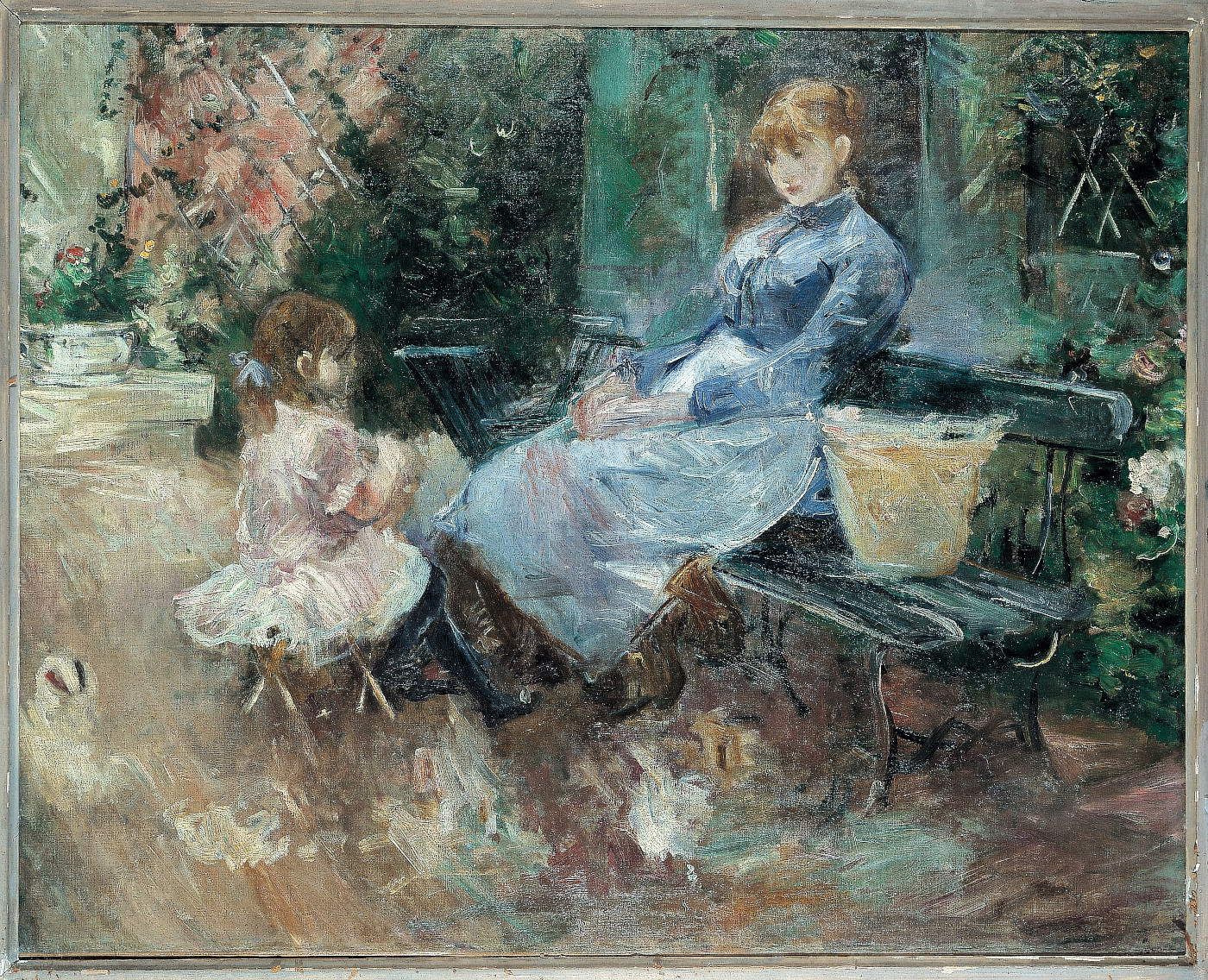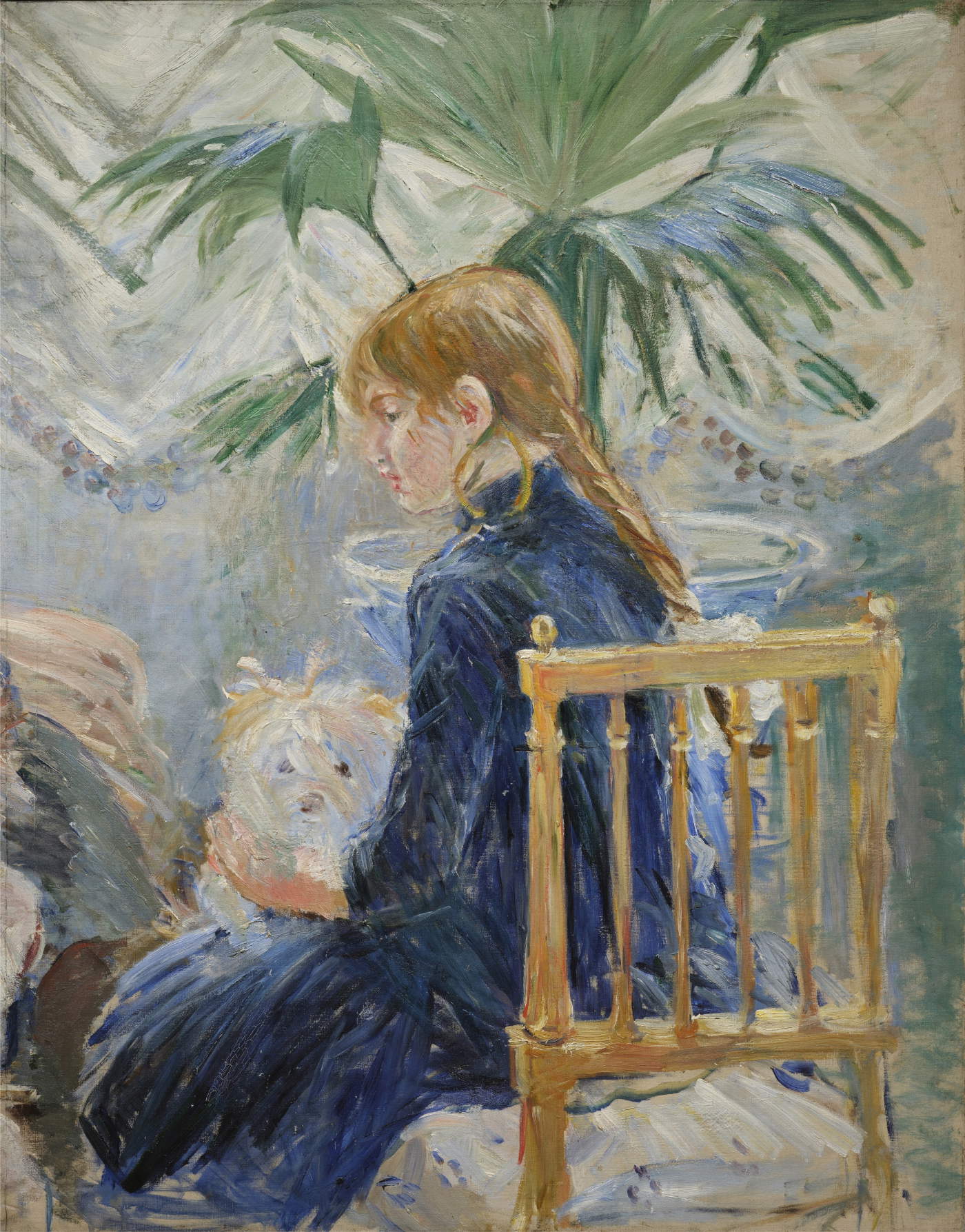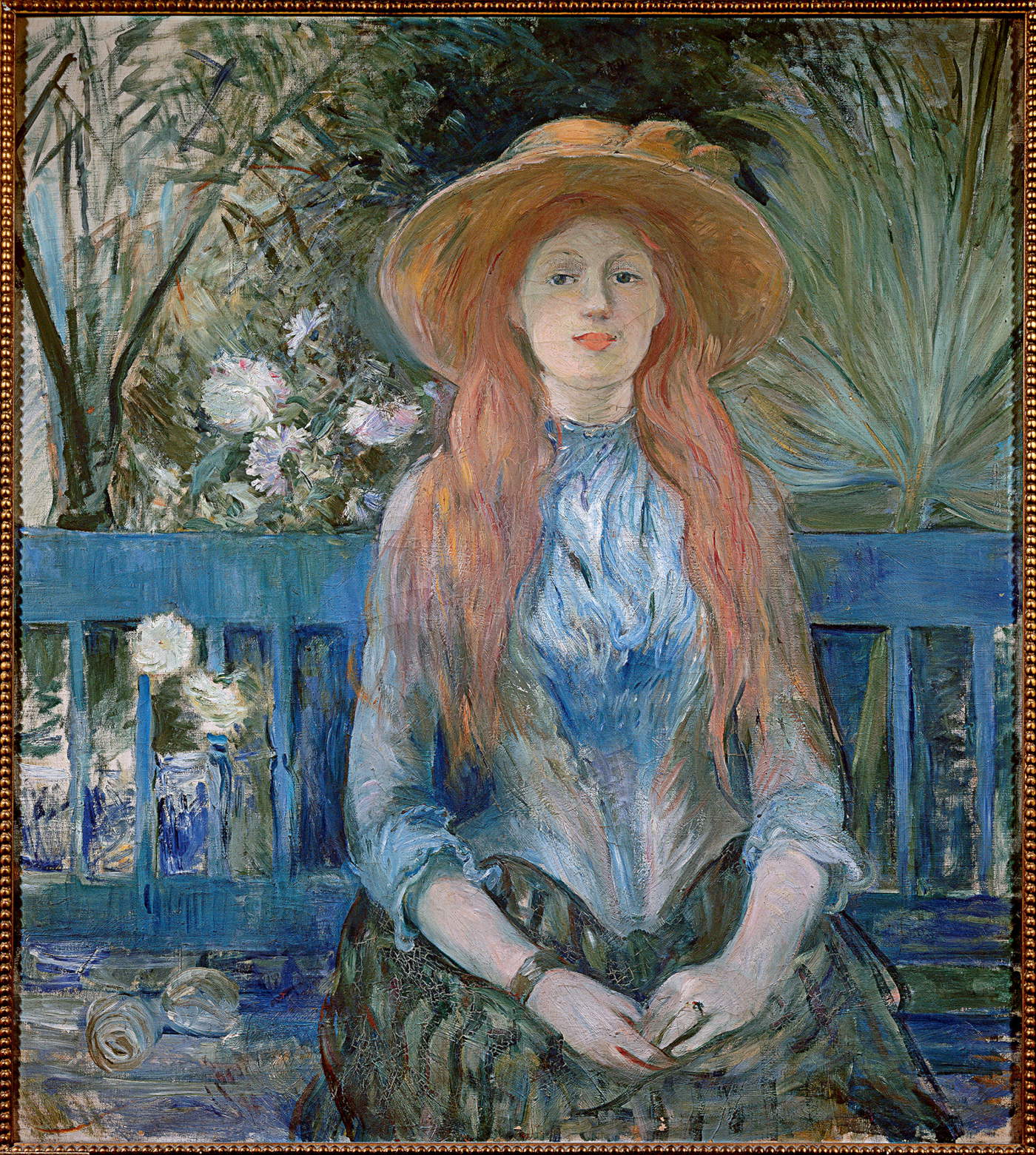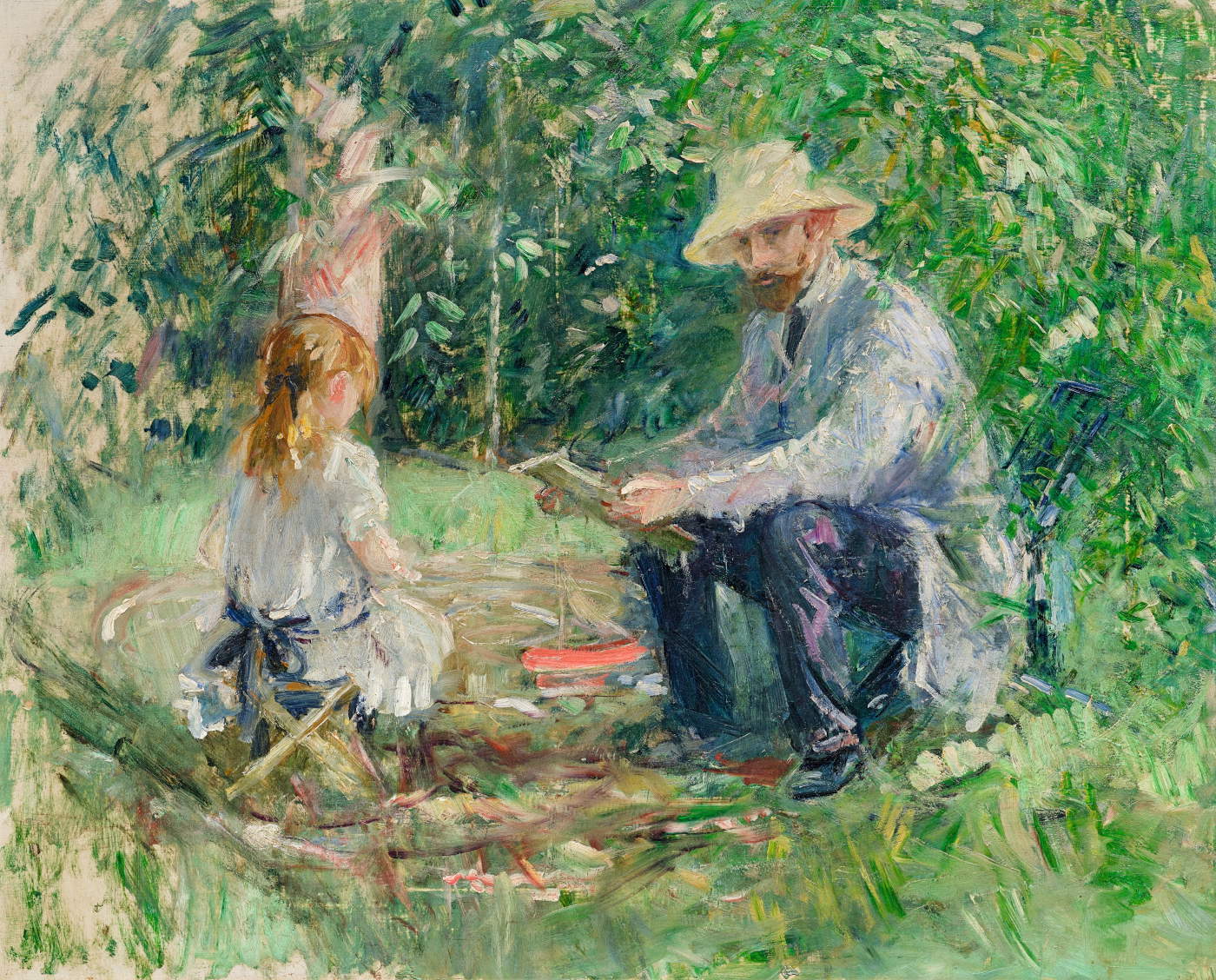A major retrospective devoted to impressionist painter Berthe Morisot at the Palazzo Ducale in Genoa
From Oct. 12, 2024 to Feb. 23, 2025, the Palazzo Ducale in Genoa will host the exhibition Impression, Morisot, which aims to be the first major retrospective in Italy dedicated to Berthe Morisot (1841-1895). Curated by Marianne Mathieu, one of the foremost experts on Morisot’s work and the history of Impressionism, and organized in collaboration with the Jules Chéret Museum of Fine Arts in Nice, the exhibition features previously unseen loans from the artist’s heirs and is part of the calendar of celebrations of the 150th anniversary of Impressionism. The project is produced by Palazzo Ducale Fondazione per la Cultura with Electa, is supported by the Region of Liguria and the City of Genoa, and enjoys the patronage of the French Embassy.
The exhibition explores the life and work of the painter, the only woman to participate in the historic first Impressionist exhibition on April 15, 1874 in the studio of photographer Felix Nadar, along with Edgar Degas, Claude Monet, Pierre-Auguste Renoir, Camille Pissarro and other artists rejected by the official Salon.
The exhibition also aims to explore the influence of Berthe Morisot’s stays on the Riviera in the winters of 1881-1882 and 1888-1889 on her artistic development. These periods spent along the Italian coast inspired a change in her technique, leading to lighter colors and freer brushstrokes, reflecting the impact of Mediterranean light and local architecture on her painting. Also on display from this period is Barca illuminata (1889): the only nocturne ever painted by the artist. On the Mediterranean coast, moreover, Morisot devoted himself to depicting local vegetation, and orange trees became a favorite subject, as seen with Under the Orange (1889) and, bordering on the abstract, Orange Branches from the same year.
Impression, Morisot unfolds chronologically in the eleven rooms of theDoge’s Apartment; it includes more than eighty works, including paintings, watercolors, etchings, and pastels, to which are added photographic and archival documents, many of them previously unpublished. The works on display trace the different stages of Morisot’s career, from her first copies at the Louvre-particularly of Italian artists, and among them, Veronese-to her Impressionist turn. Thematic focuses delve into the suggestions of trips to the Riviera. These include the furniture design he created in his salon-atelier by taking the architecture of the Gesù church in Old Nice. On display is a reconstruction of this space conceived by the artist herself.
The exhibition also offers an exploration of Morisot’s biographical dimension. Her art developed in the family environment. The salon at her parents’ home first, and that of her residences once she became the wife of Eugène Manet, brother of the better-known Edouard, also always served the function of an atelier. Scenes of modern, everyday life are manifestos of Impressionism, but with Berthe Morisot family intimacy finds a new breath. Shown for the first time The Portrait of Madame Boursier (1867), Berthe’s cousin, is also one of the rare surviving accounts of the painter’s youthful activity. Also on display is the portrait her sister Edma made of her in 1865, in which she depicts her with brush in hand, testifying to her early ambition. And again Lilacs at Maurecourt, painted in the aftermath of the 1874 exhibition, focuses on a family scene and presents the salient features of Morisot’s early Impressionist works, while Young Woman in Reclining Gray (1878) takes on the sophisticated charm of the Parisian girl, another theme dear to her.
Berthe Morisot’s daughter Julie Manet was also a favored model for the artist, portrayed at different ages, as well as her pupil. After her mother’s death, Julie Manet undertook to introduce her work to the general public, including with a great deal of documentation work. A women’s story that deserves to be told and to which one of the focuses of the exhibition is dedicated. Along with Julie, granddaughters and little girls and children who remained anonymous were depicted with great sensitivity by Morisot, to the point that she could also be called a “painter of childhood,” and this is seen, for example, in The Fable (1883), Maiden with a Doll (1884) and Girl in a Park (1893).
The exhibition is also accompanied by a rich array of photographs from the artist’s family album. Also present are precious sketchbooks that testify to the great work behind his paintings, along with pencil drawings and pastels that also become independent works, just like the oils and watercolors. And there is no shortage of reflections on the “unfinished,” a painting practice that Morisot also experimented with in radical ways, even to the point of letting the raw canvas become one color among others, as in Young Woman Putting on a Skate (1890).
Finally, the exhibition includes a series of meetings and insights into the Parisian artistic and intellectual context of the time, in collaboration with the French Embassy, further enriching the exhibition.
The program is part of the project Existing as a Woman conceived and carried out by Electa, in collaboration with Fondamenta Foundation for Arts and Culture, which opens on Nov. 5 with a lectio by writer Melania Mazzucco, and will run through January with appearances by, among others, noted Frenchists such as Giuseppe Scaraffia and Daria Galateria. Also on the bill in October, and in collaboration with Circuito Cinema di Genova, will be screenings of films chronicling the artistic effervescence of those years.
For info: https://palazzoducale.genova.it/
Hours: Monday from 2 to 7 p.m.; Tuesday, Wednesday and Thursday from 9 a.m. to 7 p.m.; Friday from 9 a.m. to 8 p.m.; Saturday from 10 a.m. to 8 p.m.; Sunday from 10 a.m. to 7 p.m.




 |
| A major retrospective devoted to impressionist painter Berthe Morisot at the Palazzo Ducale in Genoa |
Warning: the translation into English of the original Italian article was created using automatic tools. We undertake to review all articles, but we do not guarantee the total absence of inaccuracies in the translation due to the program. You can find the original by clicking on the ITA button. If you find any mistake,please contact us.




























